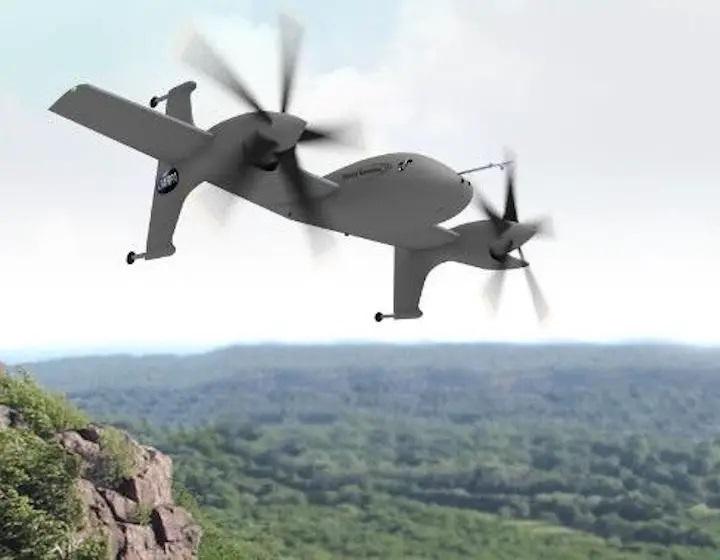Sikorsky seeks FAA exemption for VTOL test flight
Sikorsky Aircraft is seeking an exemption from the U.S. Federal Aviation Administration (FAA) that will enable it to conduct a test flight for an unmanned battery-powered aircraft in its Rotor Blown Wing (RBW) vertical-takeoff-and-landing (VTOL) configuration.

The aircraft has a single turbine engine powering two wing-mounted semi-articulated proprotors. generating slipstream that flowed over the wing to increase lift. It is designed to hover on its proprotors or cruise like a conventional fixed-wing aircraft.
According to a report in Aviation Week, the exemption is requested because of FAA”™s Part 91.151 regulations that require fuel reserves for at least 30 minutes of fixed-wing flight or 20 minutes of rotary-wing flight while operating under day visual flight rules. The Stratford-headquartered Sikorsky said the aircraft uses batteries and not fuel for energy storage ”“ and as a subscale aircraft, it lacks the size to carry enough batteries that would match the reserve requirements of Part 91.151.
Instead, Sikorsky seeks to use a minimum reserve power level of 20% of battery capacity that always will be available after flight, thus ensuring it meets an equivalent level of safety to Part 91.151 is maintained throughout its RBW operations.
In seeking the FAA”™s exemption, Sikorsky noted the agency offered an exemption to Amazon Prime Air for its electric-VTOL delivery drone. The company also added that a delay in receiving the exemption would put it and parent company Lockheed Martin “at a potential disadvantage to competitors within this very competitive segment of the aerospace industry.”
Photo courtesy of Sikorsky